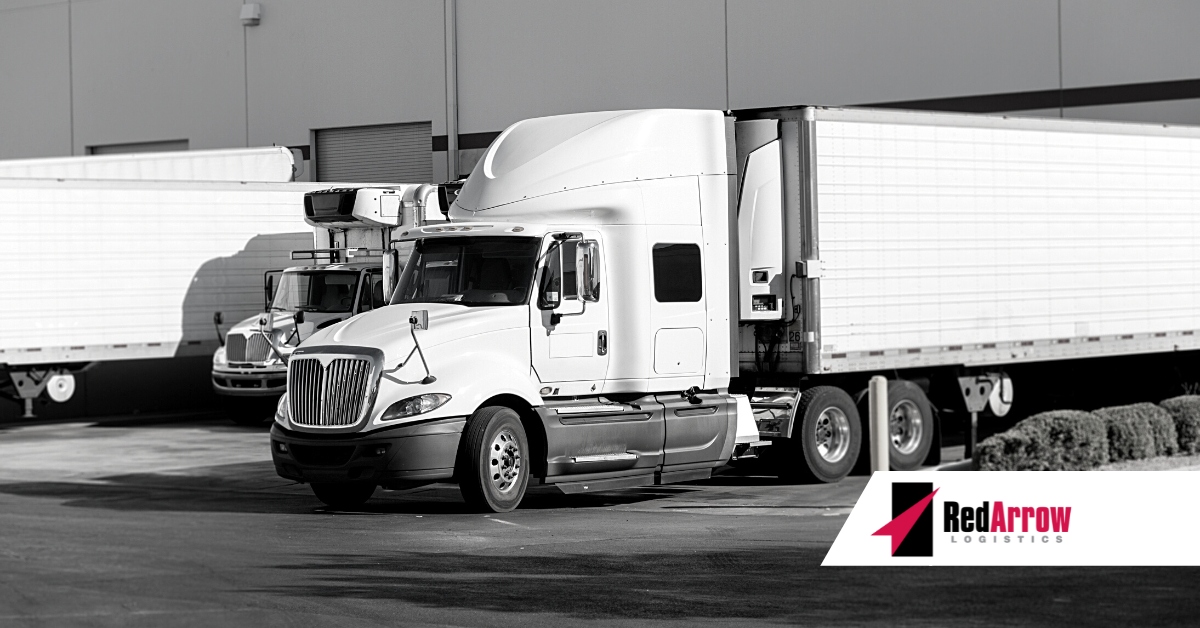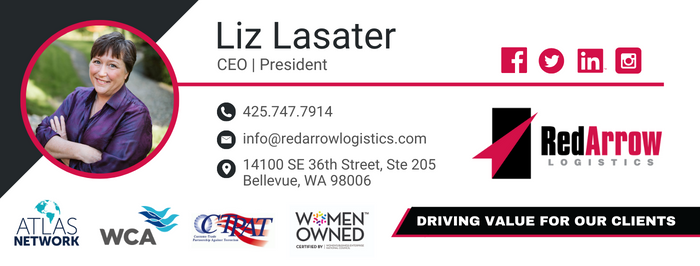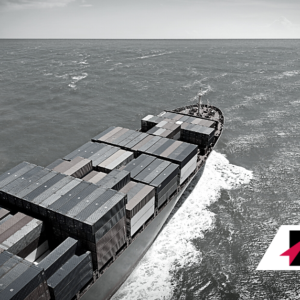The market for temperature-controlled transportation has grown substantially in the last few years. And cold chain logistics is projected to grow even more to $647.47 billion by 2028. Cold chain has grown this much because of the benefits it offers for certain products as it maintains a temperature range throughout the shipping process, making it a safe way to ship food and medical items.
What is Cold Chain Logistics?
Cold chain logistics refers to the process of safely transporting temperature-sensitive items. The process keeps products from spoiling during transportation. Vaccines, for example, need to be stored in a certain temperature range in temperature-controlled warehouses and shipped in cold-insulated transport vehicles for distribution. This form of transportation is important in supplying better quality food and medical supplies throughout the world.
Benefits of Cold Chain Logistics
Effective cold chain logistics benefits the food and beverage industry and the pharmaceutical industry in the following ways:
- – Products do not spoil as readily, which leads to lower inventory replacement costs and higher revenue per shipment.
- – Compliance with regulations around food and medical products transportation is met.
- – Less of a chance of damaged goods, and product quality increases.
- – The range of transportation opportunities is larger.
Food and medicinal projects that need to travel long distances are able to do so thanks to cold chain shipping.
Making the Most of Cold Chain Logistics
Cold chain logistics are slightly more complex than other shipping methods. The following are ways to maximize your cold chain transportation:
Know the Requirements. Goods that are temperature-controlled all have specific requirements that affect how they are packaged, stored, and shipped. The requirements for temperature, transit time, tracking, and size and weight should all be reviewed before shipping.
Prioritize Your Delivery Order. Time and temperature-sensitive products need to be delivered on time without delays. Route planning and optimization software can help ensure that deliveries are planned out optimally. By marking orders according to priority, drivers will be able to better plan deliveries.
Define Your Shipping Goals. Whether you want to save money on shipments or get them sent out faster, defining goals will help you achieve them. By setting improvement goals, you will be able to optimize your packaging, shipment methods, and carriers.
Choose the Right System. The packaging system maintains storage and transit temperature in cold-chain distribution. There are two types of packaging systems: active, which regulates the temperature of the product by using blast freezers and temperature-controlled air circulation and passive, which regulates using dry ice or gel packs. The type of packaging system used depends on the product and the cold chain process size. Passive systems tend to be less expensive but could pose a higher risk of spoiling. Therefore, a combination of active and passive packaging is often used.
Monitor the Shipment. Transportation companies often use devices to be able to monitor the shipment’s temperature and its location. There are other ways to monitor shipments, such as chemical strip indicators that are inexpensive and easy to use. Providing real-time updates to the customer regarding delivery status ensures they are able to receive the shipment when it arrives, which maintains the quality of cold chain shipments.
Identify All Costs. Identify the hard costs such as packaging and the soft costs like training and how they contribute to the overall costs. There might be trade-offs in choosing one solution for shipping for another. For example, buying packaging with less insulation may require using more frozen gel packs, which makes the shipments heavier and more expensive to ship.
Expect the Unexpected. There are many variables in temperature-controlled shipping so think about all of the potential supply chain disruptions that can occur. If there is a higher risk of an order being delayed in customs, more expensive packaging that holds temperature longer might be a safer bet to maintain product quality.
Your Trusted Partner
Route planning and visibility are two important components of cold chain logistics. Route planning and optimization can help determine the shortest routes based on delivery constraints. Visibility enables the shipment to be tracked throughout the entire process. Red Arrow Logistics can help to plan and optimize routes so your cold shipments are not delayed and reach their destination on time.
Red Arrow offers the scale and scope of services including air, ocean, and ground transportation to meet the budget and schedule requirements of the largest and smallest companies alike. If we can be of assistance, please email us at info@redarrowlogistics.com or give us a call at 425-747-7914.





